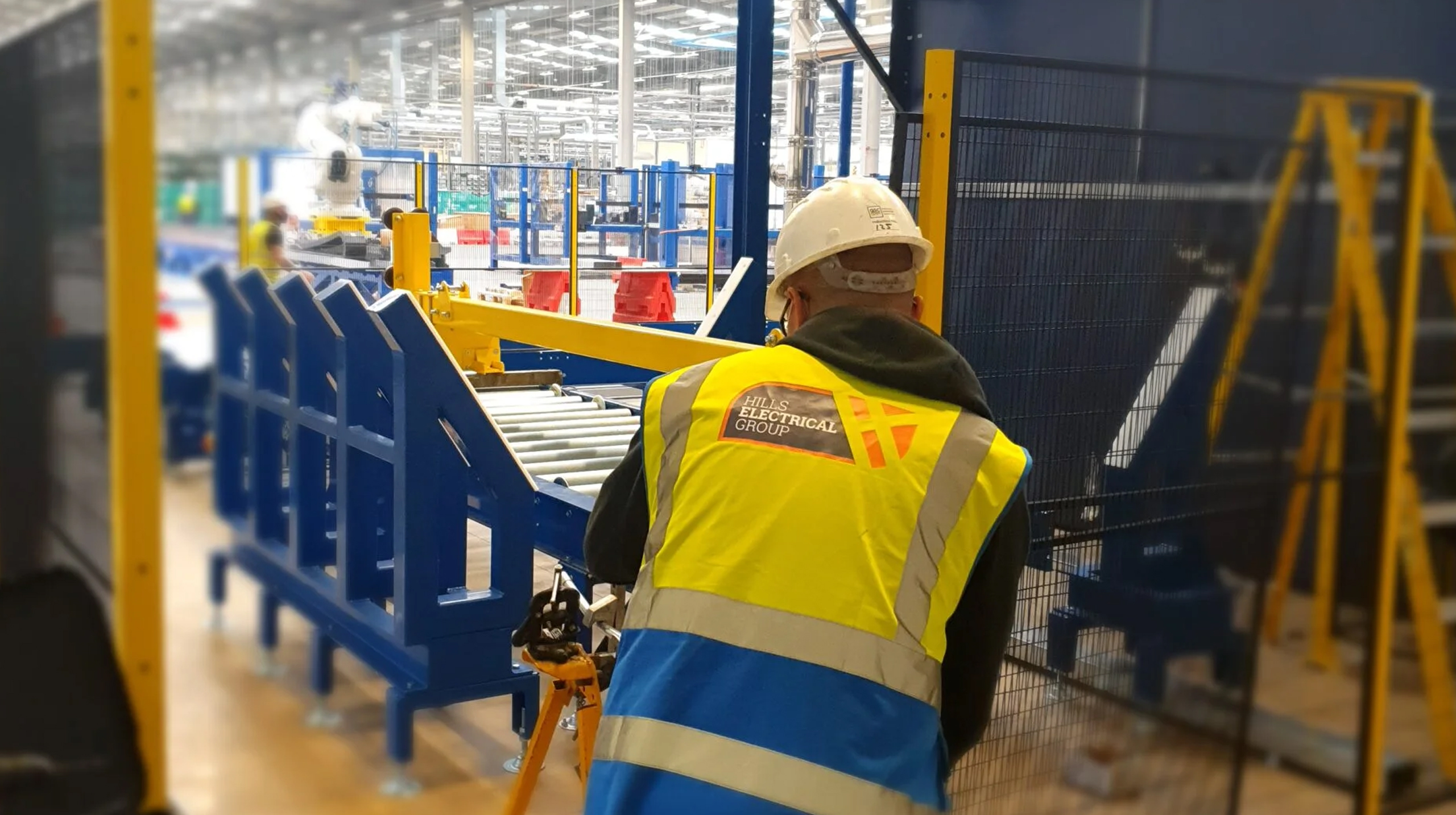Robots are used in various ways depending on the manufacturing purpose and industry.
Here are a few examples of robot functions within manufacturing or warehouse/factory settings.
1. Robotic sortation system
Sortation in manufacturing is the process of identifying and separating items. Traditionally on a conveyor system, a robotic sortation system uses advanced technology based on size, weight, or QR scanning technology to cleverly divert specific items or remove them on their course.
For example, although not within the manufacturing industry, sortation robot systems have been used effectively for recycling, helping separate items into their material type and desired destination. As a sortation solution that offers a fast process, it removes manual workers away from tedious tasks and potential harm.
2. Robotic inspection systems
Declared by RoboDK as “the rising star in the manufacturing industry”, robotic inspection systems analyse operations through mobile or metrology technology. While manual mobile inspection includes drones, robotic metrology takes precise measurements verifying manufactured products.
Robotic inspection systems are proving their ROI, with one example involving Cornell Dublier accelerating its labelling process from 125 parts an hour to 250 with inspection capacitor installations.
3. Robotic assembly systems
Prevalent in automotive manufacturing, robotic arms can assemble car parts such as motors, pumps, wheels, and other features at high speed. Other examples of robotics in manufacturing involve the following mechanical processes and purposes:
- Material handling
- Pick-and-place
- Material dispensing and removal
- Palletisation and de-palletisation
- Welding
- Painting, sealing, and coating
- Internal logistics









